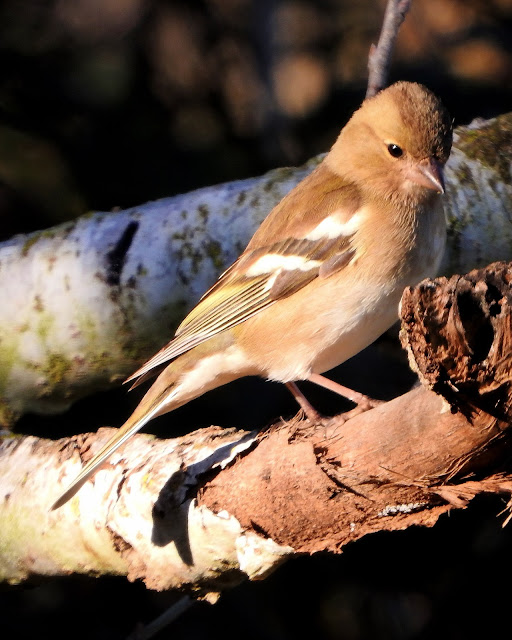The Eurasian chaffinch, or simply the chaffinch (Fringilla coelebs), presents a striking dichotomy in plumage between the sexes. The male is resplendent with a blue-grey cap and rust-red underparts, while the female's attire is more subdued, though both genders boast two white wing bars and white sides to their tails. The male's robust voice is a herald of spring, as he sings from exposed perches to court a mate.
%205.jpg)
To identify the male chaffinch, look for the black forehead, blue-grey crown, and rust-red breast, which fades to a pale creamy-pink on the belly. The wings feature a white panel on the coverts and a buff-white bar on the secondaries and inner primaries. Females and juveniles are more muted with grey-brown shades above and paler below, but retain the distinctive wing markings.
Chaffinches favor wooded environments, thriving in areas where the July isotherm ranges from 12 to 30°C. They are adaptable, however, and can be found in a variety of forested landscapes across their range.
This small passerine bird is widespread across Europe and parts of Asia, extending to Siberia. It is also an introduced species in some regions, such as New Zealand and South Africa.
During the breeding season, chaffinches forage in trees for invertebrates, particularly caterpillars, to feed their young. Outside this period, their diet shifts to seeds and plant material found on the ground.
With its large numbers and expansive range, the Eurasian chaffinch is classified as of Least Concern by the International Union for Conservation of Nature. There is no evidence of significant population declines at present.
The chaffinch can be confused with other finches, but its distinctive song, wing bars, and the male's bright plumage set it apart from its relatives.
Chaffinches must be vigilant against a variety of predators, including crows and squirrels, which may prey upon their eggs and nestlings. They are also susceptible to parasites such as the protozoal Trichomonas gallinae and the Fringilla coelebs papillomavirus, which can cause tumors on their feet and legs.
%2020.jpg)
%2020.jpg)
%205.jpg)
%206.jpg)
%207.jpg)

%201.jpg)





%201.jpg)






















